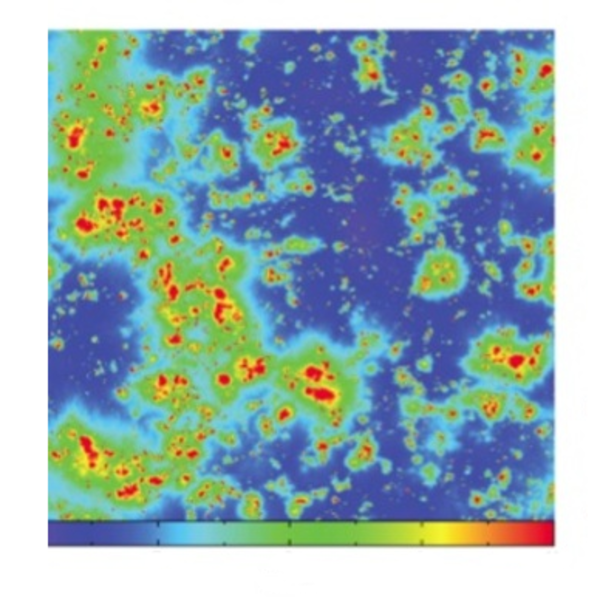Overview: The Euclid/WFIRST Spitzer Legacy Survey program is a precursor survey for Euclid, WFIRST, and JWST. Led by Dr. Peter Capak from IPAC, an international team was awarded 5286 hours of Spitzer Legacy Science Time to observe 20 square degrees with 2 hours per pointing split between the Chandra Deep Field South (CDFS) and the North Ecliptic Pole (NEP). This will achieve 5-sigma depths of 24.6 AB mag and enable scientific research on reionization in the Universe, z>7 galaxy formation, and the first massive black holes. The survey parameters are designed to enable stellar mass measurement at 3<z<10, probe the large scale structure of reionization, and find luminous quasars to the highest redshifts where they exist. The depth and area of the survey is truly unique and will not be superseded for decades. Only Spitzer can probe this region of survey space at 3-5um, a wavelength range that uniquely enables stellar mass estimates at z>3 enabling a direct probe of galaxy growth during the epoch of re-ionization. The proposed data will also enhance the cosmological constraints provided by Euclid and WFIRST.
The Euclid/WFIRST Spitzer Legacy Survey program is a precursor survey for Euclid, WFIRST, and JWST. Led by Dr. Peter Capak from IPAC, an international team was awarded 5286 hours of Spitzer Legacy Science Time to observe 20 square degrees with 2 hours per pointing split between the Chandra Deep Field South (CDFS) and the North Ecliptic Pole (NEP). This will achieve 5sigma depths of 24.6 AB mag and enable scientific research on reionization in the Universe, z>7 galaxy formation, and the first massive black holes. The survey parameters are designed to enable stellar mass measurement at 3<z<10, probe the large scale structure of reionization, and find luminous quasars to the highest redshifts where they exist. The depth and area of the survey is truly unique and will not be superseded for decades. Only Spitzer can probe this region of survey space at 3-5um, a wavelength range that uniquely enables stellar mass estimates at z>3 enabling a direct probe of galaxy growth during the epoch of re-ionization. The proposed data will also enhance the cosmological constraints provided by Euclid and WFIRST.




